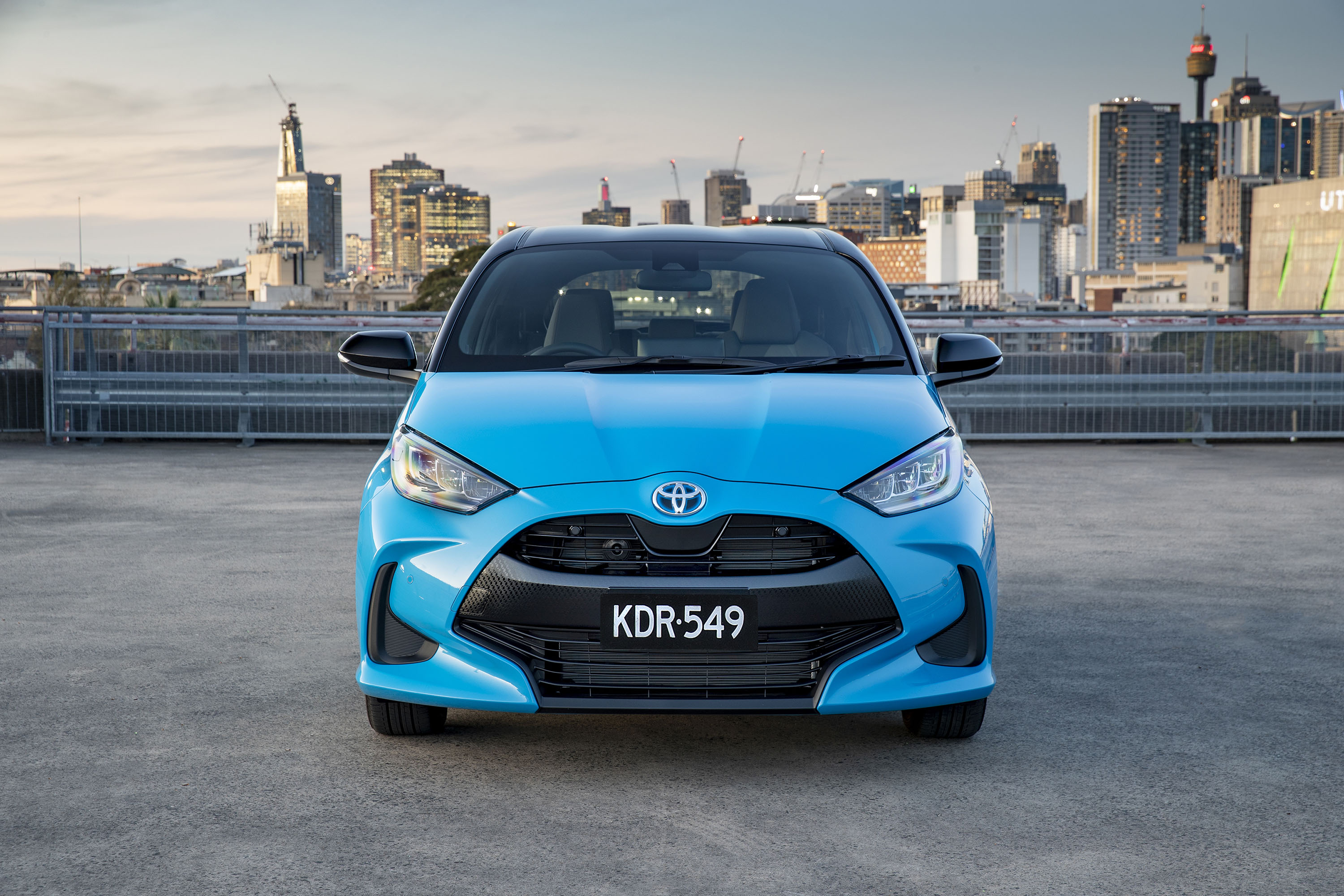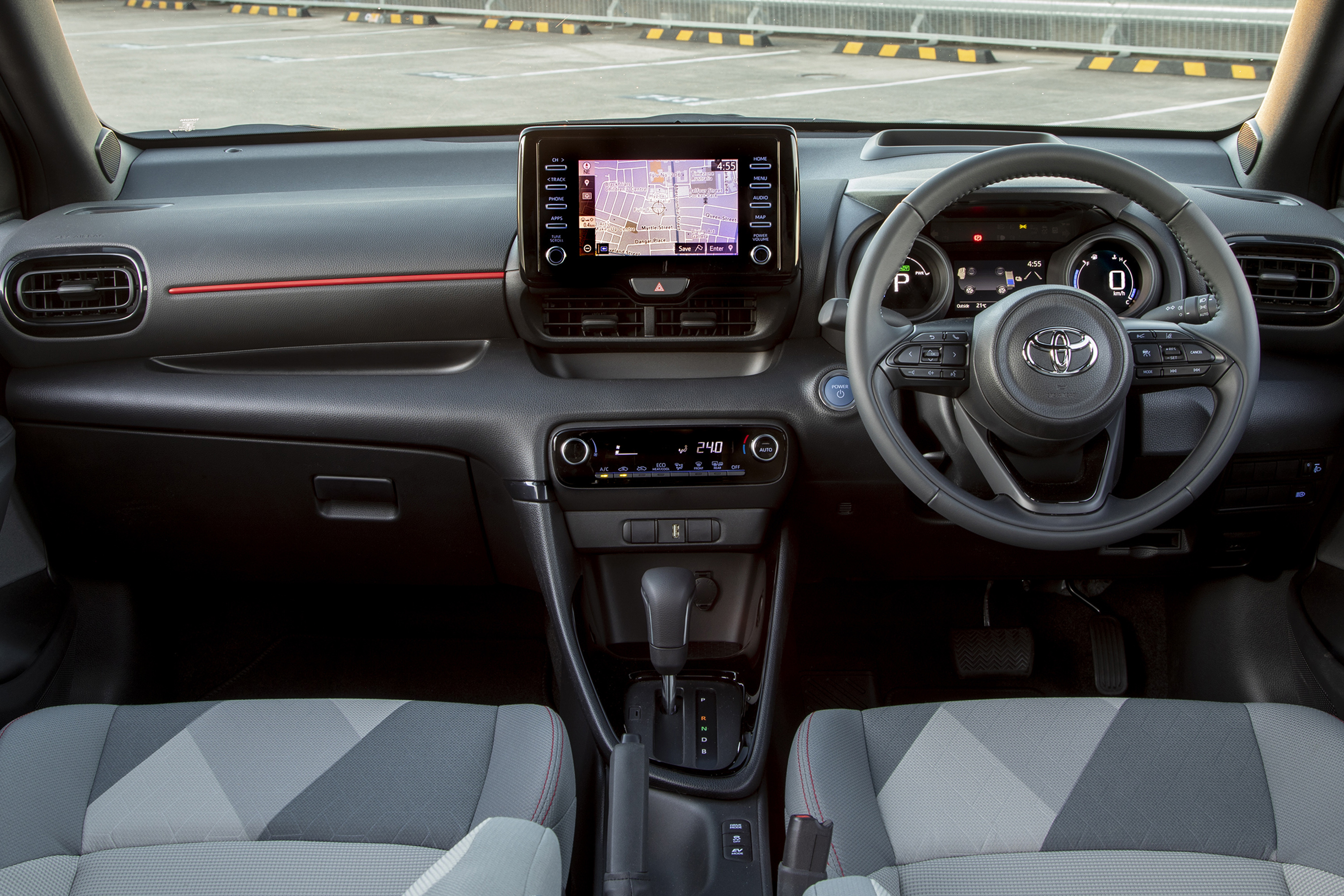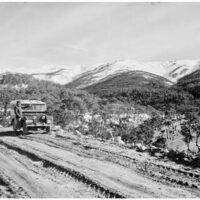The difficulty in designing cars is how to make them perform efficiently in different situations.
Google now has a patent that allows a car to change its rigidity in the case of a crash.
It was an old adage that cars from yesteryear were safer because they were more “solid”. But this has given way to building crumple zones so that a car collapses gradually creating a cushioning effect, albeit in a fraction of a second.
A safety organisation once build a simple sled to prove the point. You sat in a car seat (with a seat belt) and then you slid down a gentle slope to reach a speed of only 5km/hr. The structure on which you sat then ran into a solid steel barrier. There was no “give” and you stopped very suddenly.
Even at such a slow speed, the forces that went through your body were stunning.
An airbag is an obvious way to cushion your impact but you don’t want it sitting in front of you all the time. Hence the development of a concealed device that activates when you need it.
So what about the structure of your car? You don’t want the any part of the outside of your vehicle flopping about like a pillow in the wind.
Google’s patent, coming from its self-driving car unit Waymo, speaks of a system and method for altering a vehicle’s rigidity. The system and method may include detecting an object in a vehicle’s surroundings; determining that the object and the vehicle will collide and altering a tension in one or more members.
The tension members may be cables, and the tension of the cables may be reduced by one of cutting, releasing, or loosening the cables. The surface of the vehicle may be at least one of a hood, bumper, or panel. A portion of the surface may be corrugated. It may also be in a pillar.
The detecting of the object may be add to the sophistication of the system. The vehicle may “classify” the object and alter the tension according to the type of object you are about to hit.
We are not yet at the stage where your car will turn into a bouncy castle just before a crash but, if they get this to work, it will be another way in which technology is making the car highly adaptable to crash situations.






